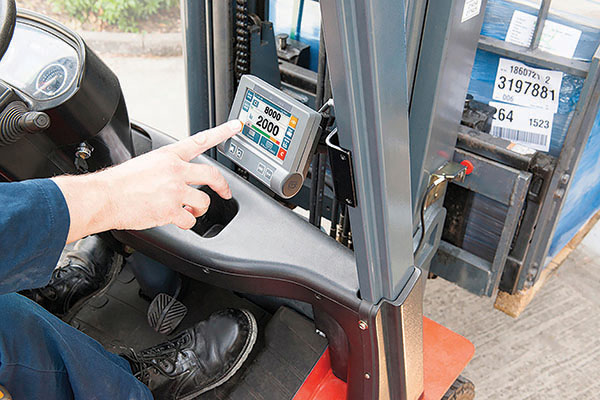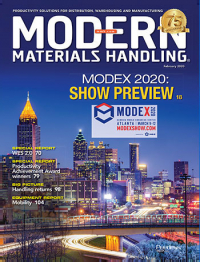Telemetry’s a mirror, but what will you see?
Data will prove whether a fleet operates as efficiently as it seems, or if opportunities are hidden beneath the status quo.
The widespread adoption of forklift telemetry is fueling the transition to data-driven fleet management. The process challenges long-held assumptions and habits and, according to Mark Stanton, general manager of PowerFleet for Industrial, success calls for a certain amount of soul-searching.
Stanton offers the example of one of his largest customers, a company with many thousands of pieces of materials handling equipment (MHE). During a site visit, a manager told Stanton telemetry allows him and his team to “shine a flashlight” on areas they didn’t know were problems—or had only a vague gut feeling of room for improvement.
“The customer had all sorts of industrial engineering skill to manufacture their products, but it wasn’t until they shone that flashlight inside their plant that they identified the significant benefits of comparing industrial engineering data against MHE data,” Stanton says. “They run a tidy ship, and still found those benefits. So, the cultural shift is about proving you are running well or having the courage to find out the ways you aren’t.”
Most think they run a tight ship, but Stanton says it comes back to the fact that data will prove it one way or another. But where to start? When talking to fleet managers about telemetry, Stanton first gets an understanding of the definition of the term, since it can mean different things to different people. From there, it’s best to identify the top three to five fleet initiatives.
“If there are 17 things you want to do, although telemetry might be able to help with all of them, you should pick the low-hanging fruit first,” he says. “Generate data and prove out any investment.”
If safety isn’t at the top of the list, it’s typically in the top three. Telematics can quickly assess impacts and the general well-being of equipment and people and provide insight into who is running equipment well, efficiently and safely. Equally important is who’s not. Within six to nine months, Stanton says impacts, harsh driving and equipment abuse routinely drop by 60% to 80%.
“There are big savings above even productivity and efficiency,” he adds. “The cost of equipment maintenance comes down, as well as maintenance of infrastructure and things around a forklift within a facility.”
For those new to telemetry, the key issue and concern is getting the right data at the right time to the right person, Stanton says. For those with some experience, the goal is to avoid complacency. What are you measuring, and what are you doing with the data? Quarterly reviews? Does data go into some sort of analytics package to uncover additional benefits? What are the next three priorities?
“Whether provided by the OEM or a third party, telemetry will provide an amount of data. But it’s about the business practices you use,” Stanton says. “If all you have is a massive data warehouse and just dip in occasionally, you won’t derive much benefit. Adopt the changes recommended by the data, and you will gain insight into what questions you should ask, how to implement change, and how to measure results to ensure a return, whether financial or safety-related.”

Article Topics
Lift Truck Tips News & Resources
Vehicle-mounted computers: Beyond rugged Overlooked no more: The importance of lift truck inspections Lithium transition: It’s all about the outcomes Safety for automatic guided vehicle (AGV) environments Assessing the move to lithium Leasing’s fleet management upside Managing for lift truck operator safety More Lift Truck TipsLatest in Materials Handling
Vehicle-mounted computers: Beyond rugged New packaging idea for the cold chain Autonomous mobile robots (AMRs) offer modern solution to challenges of traditional farming Hyster-Yale Group provides students with real-world AI experience in 2024 Kellogg Design Challenge KION Group’s board extends CEO Rob Smith’s contract by five years UniCarriers Forklift joins Quality Equipment in opening celebration of new location Largest Automate on record opens in Chicago on Monday May 6th More Materials HandlingAbout the Author
Subscribe to Materials Handling Magazine

Find out what the world's most innovative companies are doing to improve productivity in their plants and distribution centers.
Start your FREE subscription today.
April 2024 Modern Materials Handling

Latest Resources












